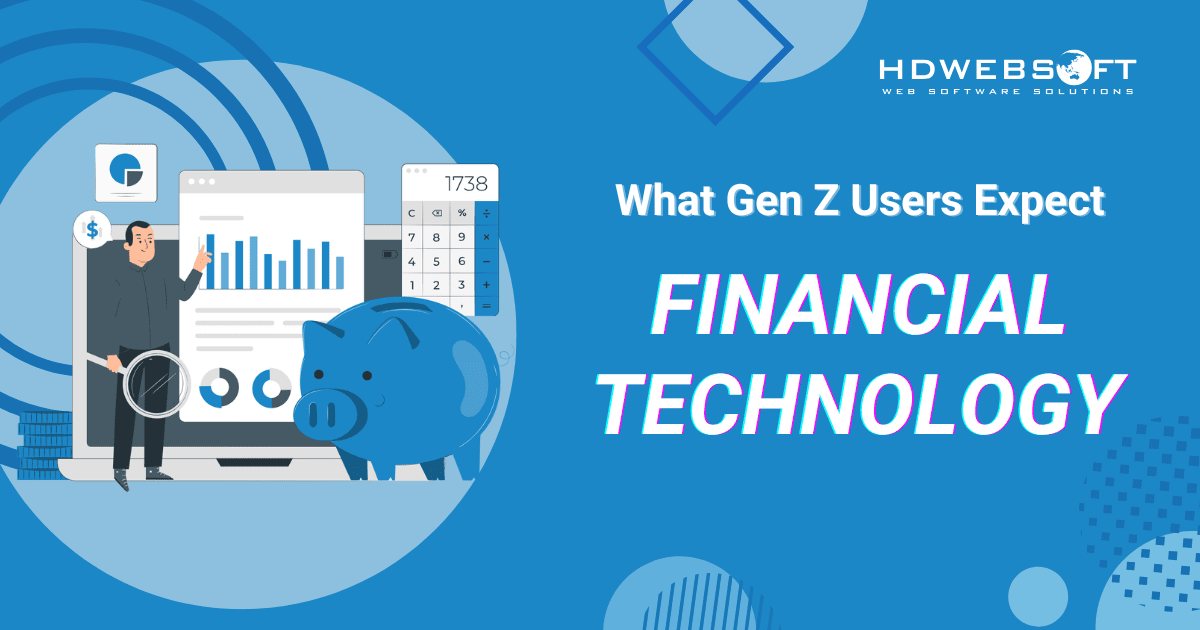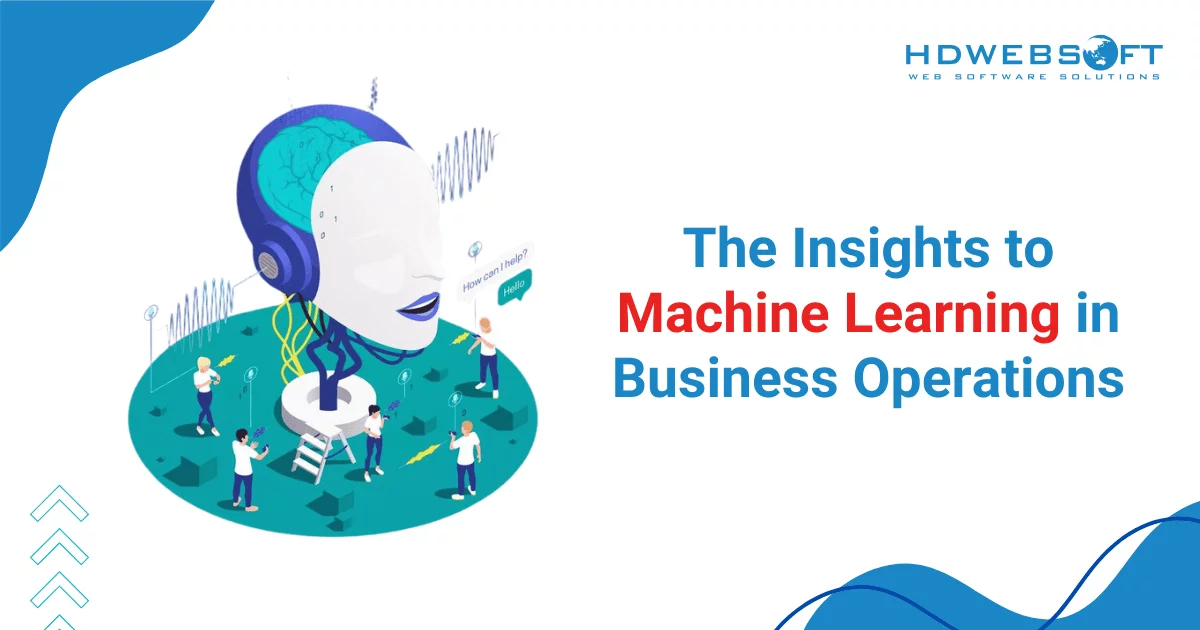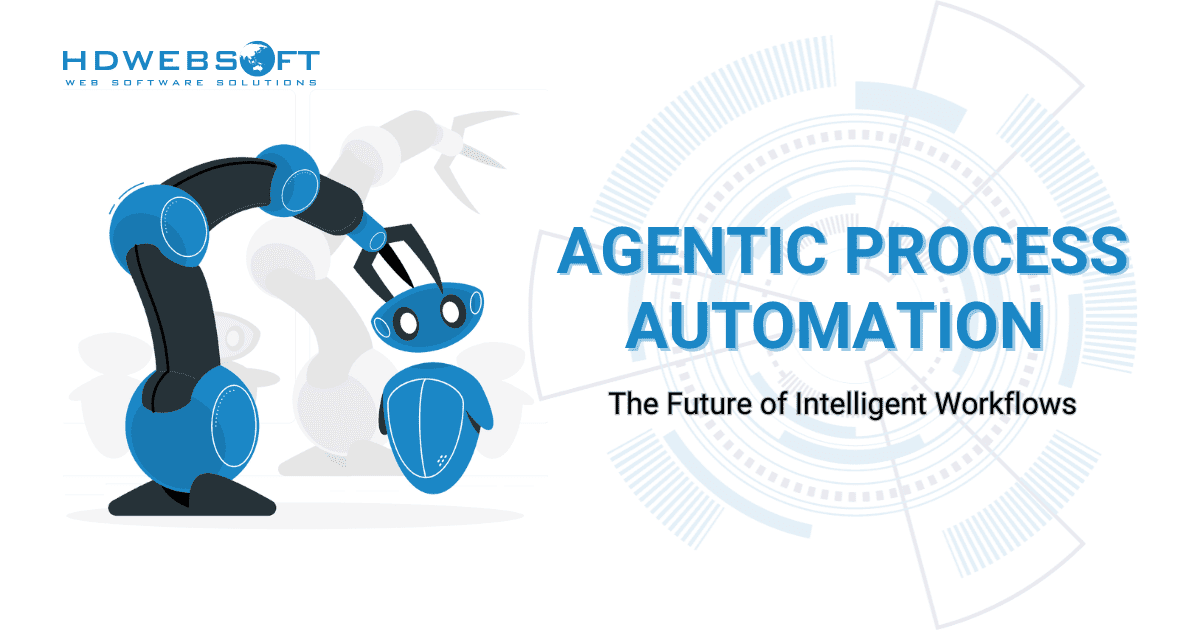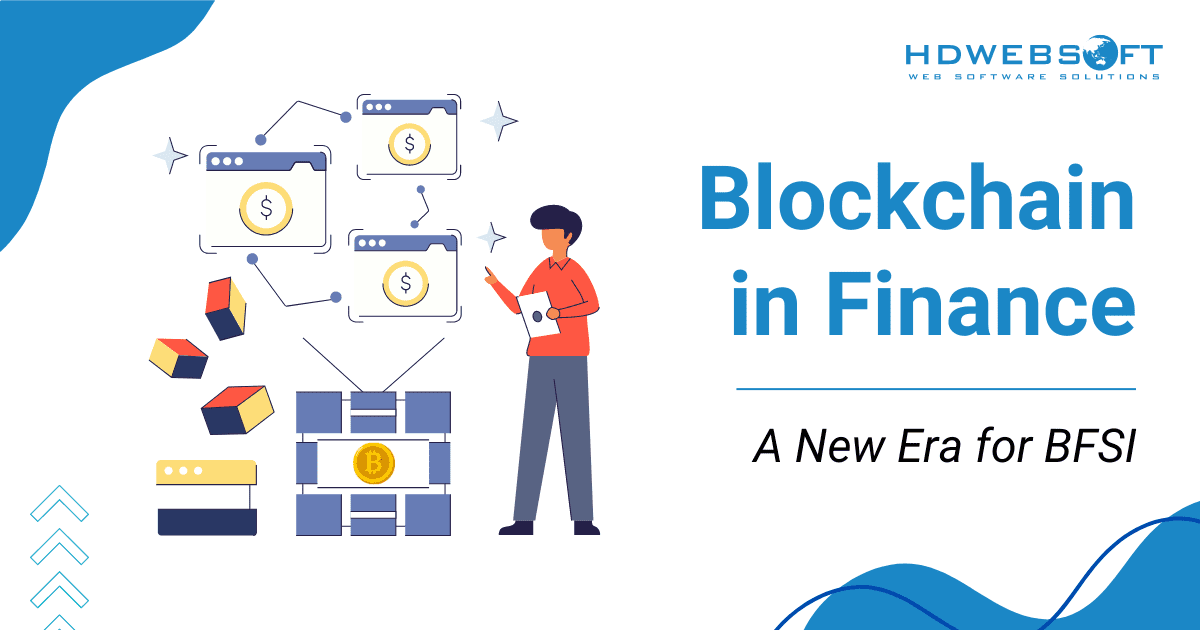
Financial Technology for Gen Z: What Modern Users Expect
Financial technology is fundamentally reshaping how we manage money. It affects individuals and large institutions alike. This revolution is ongoing globally. Its pace is incredibly fast as new tools emerge constantly. These tools not only improve existing financial services but also create entirely new ones, reshaping our relationship with finance every day. This impacts economies everywhere, so staying informed is crucial.
This article defines fintech simply. It discusses fintech’s vast impacts on the finance industry. We look at who uses this technology and the specific needs of Generation Z for financial apps.
What is Financial Technology (Fintech)?
What exactly is financial technology? People often use the term fintech. It represents a combination of finance and technology, and this merger creates new services. It improves existing ones significantly.
Fintech isn’t just one thing; in fact, it’s a broad field. It includes not only software applications but also innovative business models. Moreover, digital transformations lie at its core. For example, mobile banking apps fall under fintech, and so do online payment systems. Investment apps are another classic example. Even more complex tools, such as advanced trading software, are part of the fintech landscape.
Hence, the Australian fintech market was valued at USD 4.1 billion in 2024 and is anticipated to expand at a CAGR of 8.9% between 2025 and 2033. The rising fintech adoption in the country fuels the statistics.
Fintech’s Role in Modern Finance
The technology seeks to improve financial services. It increases efficiency and enhances accessibility. One of financial technology’s main goals is to reach more people. It also challenges traditional financial institutions. Over time, banks have adapted by adopting financial innovations or partnering with startups. Innovation drives this sector forward.
Consider sending money abroad. The technology made it faster and often cheaper. Personal budgeting has changed, too, thanks to apps that offer instant insights. Moreover, fintech democratizes access by placing powerful tools directly in users’ hands. Its scope is incredibly broad, touching nearly every aspect of financial activity.
Fintech’s Impacts on the Finance Industry
The discussed technology brings significant changes to finance. It disrupts old ways of working. It introduces powerful new capabilities. These impacts are felt across many areas. Let’s explore some key examples.
Blockchain
Blockchain is a major fintech innovation. It’s a type of digital ledger. Records are stored in blocks, which are linked together chronologically to form a secure and transparent chain. Transactions are verified by multiple parties. This happens across a network. Hence, financial technology removes the need for intermediaries. This enhances security greatly and increases trust in data. Once data is added, altering it is very hard, making it ideal for tracking transactions.
In finance, blockchain has a wide range of applications. While it powers cryptocurrencies like Bitcoin, its potential extends far beyond digital currency. It can streamline payment systems, making cross-border transactions faster and significantly reducing costs. Fraud detection is enhanced thanks to the immutable nature of blockchain ledgers. Thus, tampering with or disputing transactions is far more difficult.
In all, blockchain technology is complex. However, its financial applications are growing fast, and it provides a new infrastructure layer, supporting future fintech.
Tracking technology
Digital finance offers advanced tracking capabilities that help users manage their money more effectively. Popular expense tracking apps automatically categorize spending, giving users clear insights into their habits. As a result, budgeting becomes much simpler and more intuitive.
Businesses also benefit significantly from using financial technology to track. For instance, accounts payable systems monitor outgoing invoices, while accounts receivable tools keep an eye on incoming payments. Additionally, asset tracking improves location awareness, helping companies maintain visibility over their resources at all times without human intervention.
Fortunately, fintech automates many of these processes. It provides real-time dashboards, generates detailed reports, and offers clear data visualizations for easier understanding. Consequently, better tracking leads to smarter, faster decision-making. In turn, this enhances financial health for users and boosts firms’ operational efficiency.
Planning technology
Planning for the future is essential, and fortunately, digital finance tools make this process much simpler. For example, budgeting apps help users manage income more effectively by setting spending limits. Whether it’s saving for a down payment or planning for retirement, these tools provide structure and clarity.
Meanwhile, AI-powered technology tools take it a step further. They analyze spending habits in real time and offer personalized suggestions to help users save more and invest wisely. Together, these technologies empower individuals to take control of their financial futures with greater confidence.
Debt management tools are a key part of financial technology, helping users create structured repayment plans and stay on track. These tools often include credit score tracking, enabling individuals to monitor their credit health and make smarter financial decisions. Many platforms also offer features to model future scenarios, allowing users to see the long-term impact of various choices.
Users can also plan for unexpected expenses with digital financial tools. Insurance comparison technology supports better decision-making by highlighting the most suitable options. By integrating these planning features, the technology empowers people to take control of their finances and improve long-term stability.
A great example of this is the personal finance app we built for an Australian fintech startup, focusing on intuitive design and seamless payment integration.
Recovery technology
Recovering funds can be challenging. Traditionally, debt collection was manual. Though with the introduction of automated systems, reminders are now sent automatically. AI can predict the likelihood of default, helping prioritize efforts. Moreover, machine learning algorithms detect fraud patterns quickly as they flag suspicious transactions immediately. As a result, banks can act fast, and potentially stolen funds can be traced faster.
Cybersecurity in financial technology is crucial here. Protecting financial systems is vital, and preventing breaches is key to avoiding recovery needs. But when issues arise, tech helps. It can identify the source of crime faster and improve the tracing of illicit money flows. Technology automates repetitive tasks, which in turn allows human experts to focus on more strategic responsibilities. Owing to this, they can handle complex cases more effectively and deliver higher-value insights.
Advisory technology
Getting good financial advice is important, and digital finance helps expand access. Robo-advisors provide automated investment advice, using algorithms to build portfolios and rebalance investments automatically. Therefore, this approach is often cheaper than relying on human advisors. Moreover, it’s accessible to smaller investors, which helps democratize investment access.
Complex data is analyzed quickly. Advisors get better information faster. This improves the quality of advice. Clients can access advice anytime. Financial technology doesn’t replace advisors entirely. But it augments their capabilities greatly. It makes advice more consistent. It lowers the barrier to entry, so more people can receive guidance. This contributes to better financial health overall and the growing blend of human and AI in daily aspects.
Crime detection technology
Combating financial crime is a huge task, but financial technology plays a vital role in addressing it. One of its primary uses is fraud detection. ML algorithms now analyze millions of transactions in real time, looking for anomalies and patterns that might indicate fraud. Hence, suspicious activities are flagged instantly, significantly faster than relying on manual reviews.
What’s more, Know Your Customer (KYC) processes now rely heavily on financial technology. Identity verification becomes faster and more accurate with the help of digital tools. Biometric authentication, such as facial recognition, verifies users quickly and securely, while automated document scanning speeds up onboarding. This not only makes the process safer but also prevents criminals from accessing financial systems.
Financial Technology Users
There are four main types of financial technology users:
-
- Business-to-business (B2B) services designed for financial institutions
- Clients served by those B2B banking providers
- Business-to-consumer (B2C) solutions targeting small enterprises
- Individual end-users or consumers
The growth of mobile banking, greater access to data, improved analytics, and more decentralized financial tools is opening up new opportunities for interaction among all four groups like never before.
It’s noteworthy that fintech isn’t limited to any one generation. While adoption rates may vary, younger users tend to embrace it more quickly. However, older generations are increasingly getting on board as well. As user experiences become more intuitive, adoption continues to grow across all age groups.
Additionally, financial technology plays a key role in expanding access. People who were previously unbanked can now engage with financial systems. Designed with global reach in mind, fintech serves users across continents and demographics. Ultimately, accessibility remains one of its most powerful driving forces.
What Generation Z Wants from Financial Technology
Generation Z represents a key demographic. They are digital natives. They grew up with smartphones. Their expectations for digital finance differ from those of older generations. In our previous blog, we’ve already discussed what Gen Z will love in an app. Now, we will talk about features of a financial app tailored specifically to this generation.
Mobile-First Experience
For Gen Z, mobile isn’t just convenient; it’s essential. Because of this, financial technology must work seamlessly on smartphones. In fact, native app experiences are now expected. While websites still serve a purpose, they often come second.
Every action, from banking and investing to making payments, should happen on the phone. Moreover, the app must be fast, intuitive, and responsive. A clean, modern interface is not a luxury but a requirement. Therefore, the mobile experience must be prioritized. For Gen Z, it defines the entire financial journey.
Intuitive User Experience (UX)
Ease of use is absolutely essential for Gen Z. Since this generation prioritizes simplicity, the user interface must be clean and straightforward. Every feature should be easy to find, and key actions should require minimal steps. When navigation becomes confusing or cluttered, users quickly lose patience.
Therefore, the sign-up process must be seamless and quick, while day-to-day functions should feel effortless. A smooth and intuitive user experience not only reduces friction but also builds long-term trust. Conversely, poor UX often leads to user frustration and app abandonment. In a highly competitive financial technology landscape, good design is a key differentiator.
Speed and Instant Gratification
Because Gen Z grew up with instant access to information, they expect the same from financial services. They don’t want to wait. Transfers should process instantly. Payments must be confirmed right away.
Nowadays, real-time data is no longer optional. It has become the standard for industries in general. For example, seeing live balance updates or transaction statuses in real time is essential. Anything slower feels outdated. That’s why fintech must deliver immediate results to meet these digital expectations.
Finance today is increasingly interactive. Since Gen Z is accustomed to online sharing, digital finance can greatly benefit from built-in social features. Apps that support bill-splitting, group payments, or shared expenses are especially valued. Additionally, some financial technology platforms allow users to view friends’ activity, always with strong privacy controls in place. As a result, users feel more connected and engaged.
Furthermore, sharing financial goals or progress within in-app communities encourages motivation and accountability. Because peer input matters to Gen Z, integrating social tools into your fintech solution not only enhances the overall user experience but also strengthens long-term trust and loyalty.
Security and Privacy
Despite growing up online, Gen Z deeply values privacy. Therefore, digital finance must be secure by design. Strong encryption and multi-factor authentication are expected.
In addition, users want transparency and need to understand how their data is collected and used. If a platform lacks clear data policies, trust disappears. Thus, clear communication about privacy practices is crucial. Moreover, a solid security reputation not only protects users, it also strengthens brand loyalty.
Financial Education and Guidance
Gen Z wants to make informed decisions. Hence, financial technology should offer accessible education. In-app tips about saving, investing, and budgeting can be highly effective. Additionally, personalized insights, drawn from users’ actual data, offer even more value.
For example, showing spending trends or helping set goals creates clarity. Plus, gamified learning can keep users engaged. As a result, users gain confidence, and financial wellness becomes more achievable.
Integration with Everyday Apps
Gen Z’s digital life is interconnected. So, your application should integrate smoothly with the other apps they already use. Whether it’s connecting with social media (with consent) or syncing with shopping and budgeting apps, integration adds convenience. This eliminates the need to switch between multiple platforms.
In addition, shared data enables better personalization. In turn, this unified digital experience saves time, reduces friction, and boosts satisfaction.
Flexible Credit and Microloans
Traditional credit models don’t always fit Gen Z’s needs. As a result, flexible options are becoming more attractive. Microloans and short-term credit lines offer greater accessibility. Tools like Afterpay and Zip, some popular Buy Now, Pay Later services, allow them to manage payments on their terms.
Beyond that, financial technology simplifies the borrowing process, making it faster and more transparent. However, education around responsible borrowing is essential. When paired with financial literacy tools, flexible credit becomes a powerful support for financial growth.
Conclusion
Financial technology is reshaping the finance industry in powerful ways. It goes beyond digital tools. It redefines how we track spending, plan for the future, access advice, and fight financial crime. Its reach spans individuals, startups, and global banks alike.
As adoption grows, fintech will not just support financial services. It will drive them forward, creating a future where finance is more accessible, secure, and personalized than ever before.
To help bring these innovations to life, HDWEBSOFT offers custom fintech development services tailored to your business goals. From building mobile apps to implementing blockchain solutions, our team helps companies stay ahead in a rapidly evolving financial landscape.
















